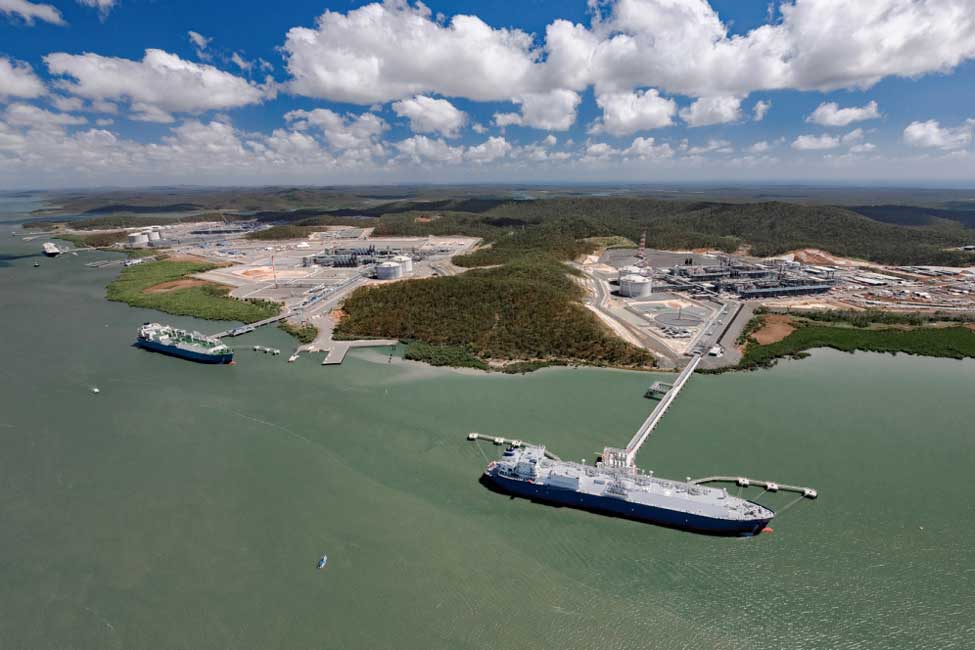
LNG exports from the three liquefaction plants located on Curtis Island off Gladstone dipped when compared to the corresponding month in 2019.
Courtesy of Bechtel
Gladstone Ports Corporation’s shipping data shows that the three liquefaction plants exported a total of 28 cargoes in September. In terms of volume, the 28 cargoes amounted to a total of 1.84 million tons of the chilled fuel.
This compares to 29 cargoes totaling 1.91 million tons of LNG exported in September 2019.
Compared to the previous month when the three facilities exported 25 cargoes totaling 1.67 million tons, exports edged up.
China remained the top destination for Gladstone LNG volumes. China imported 1.24 million tons of LNG. Malaysia imported 247,730 tons, with South Korea importing 230,930 tons. Japan and Singapore imported 128,393 and 63,664 tons, respectively.
For the calendar year so far, the three plants shipped a total of 244 LNG cargoes. Volumes of LNG exported reached 16.12 million tons during the period.
During the corresponding period in 2019, the three plants exported 245 LNG cargoes totaling 16.35 million tons.
The LNG export plants located on Curtis Island include Shell’s Queensland Curtis LNG, Santos Gladstone LNG, and the ConocoPhillips-operated Australia Pacific LNG terminal.
The post LNG exports from Gladstone dip in September appeared first on Offshore Energy.
Source: LNG World News
